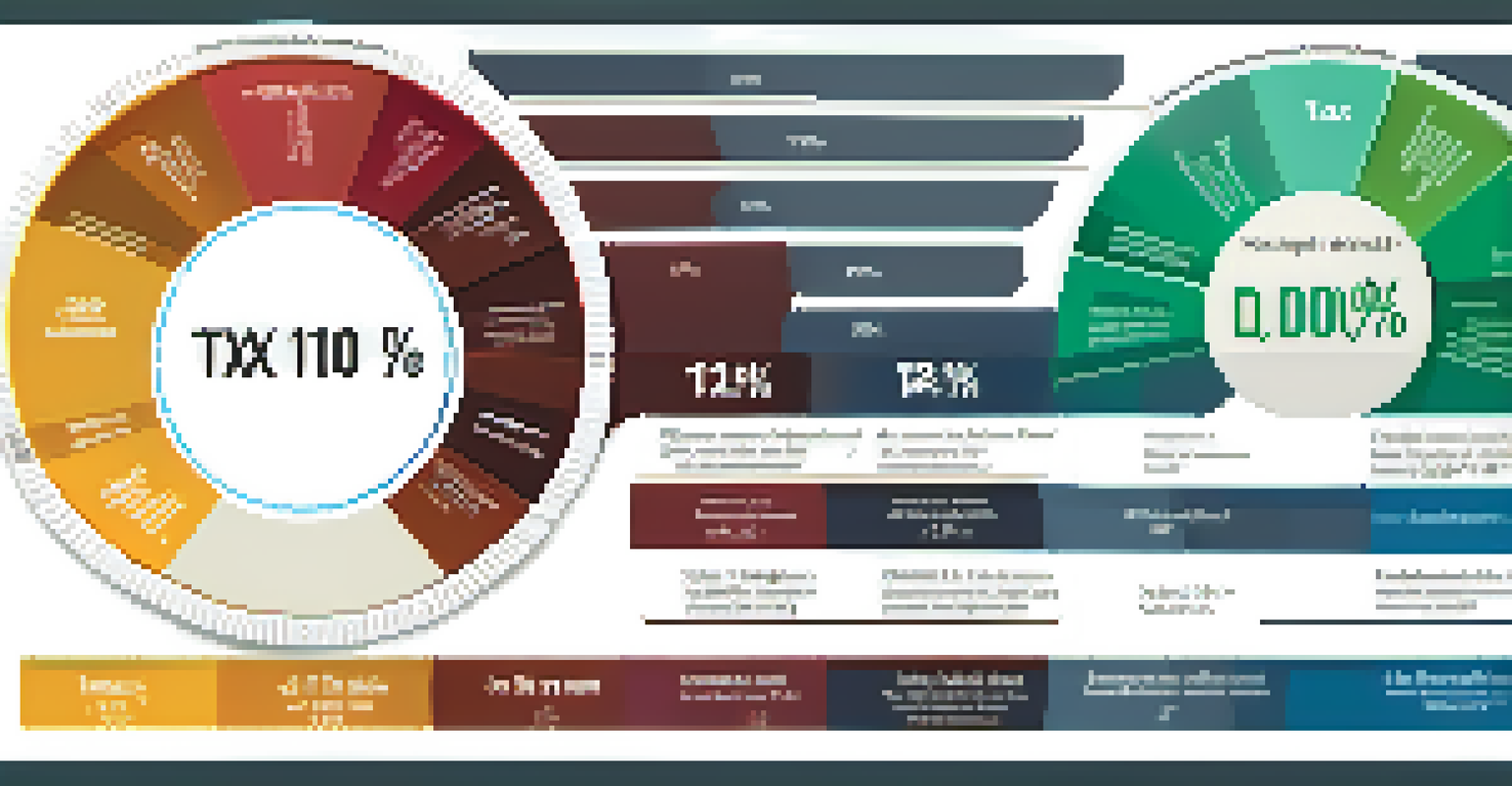The Progressive Tax System: Understanding Its Key Features

What is a Progressive Tax System?
A progressive tax system is designed to tax individuals based on their income level. Simply put, the more you earn, the higher percentage you pay in taxes. This approach aims to reduce the income disparity between different economic classes.
The tax system is a reflection of our values as a society. It is the means through which we demonstrate our commitment to equity and social responsibility.
Imagine a staircase where each step represents a higher income bracket; as you climb higher, you contribute more. This system not only funds government services but also supports social equity by alleviating the tax burden on lower-income earners.
In contrast to a flat tax system, where everyone pays the same rate regardless of income, the progressive model adjusts rates to reflect an individual’s financial capability. This ensures that those who can afford to pay more do so, ideally leading to a fairer society.
Key Features of the Progressive Tax System
One of the hallmark features of a progressive tax system is its tiered tax brackets. Each bracket corresponds to a specific income range, with tax rates increasing at each level. This structure ensures that higher earners contribute a larger share of their income.

For example, someone earning $50,000 might pay 10% on their income, while someone making $200,000 could pay 25% on the income above certain thresholds. This gradual increase helps to balance the economic scales and supports public services like education and healthcare.
Progressive Tax Benefits Society
A progressive tax system reduces income disparity by taxing higher earners at increased rates, which helps fund essential public services.
Additionally, the system often includes deductions and credits that can further reduce taxable income. These incentives are designed to promote behaviors that benefit society, such as charitable donations or investments in home energy efficiency.
How Tax Brackets Work in Practice
Tax brackets dictate how much an individual pays at different income levels, and they can be visualized as slices of a pie. For instance, if you fall into a 20% tax bracket, you only pay that percentage on the income that exceeds the previous bracket’s limit.
The purpose of taxation is not only to fund government operations but also to create a fair and just society.
This means if you earn $80,000, only the portion beyond, say, $50,000, is taxed at the higher rate. This system prevents a sudden jump in tax obligations that could discourage higher earnings, providing a smoother financial transition as incomes rise.
Understanding tax brackets is crucial for effective financial planning. It helps individuals anticipate their tax liabilities and make informed decisions about income, investments, and savings.
Advantages of the Progressive Tax System
One significant advantage of the progressive tax system is its focus on equity. By taxing higher incomes at higher rates, it aims to distribute the tax burden more fairly, which can lead to greater overall societal stability.
Additionally, the revenue generated from these taxes can fund essential services like public education, infrastructure, and social programs. This collective investment benefits everyone, particularly lower-income families who rely more on these services.
Tax Brackets Simplify Taxation
Tax brackets allow individuals to pay a higher percentage only on income that exceeds certain thresholds, preventing abrupt tax increases.
Moreover, progressive taxation can stimulate economic growth by redistributing wealth. When lower and middle-income families have more disposable income due to lower tax rates, they are likely to spend more, driving demand and supporting local economies.
Disadvantages of the Progressive Tax System
Despite its benefits, the progressive tax system is not without criticism. One common argument is that it can disincentivize hard work and innovation, as higher earners may feel penalized for their success. This could potentially lead to decreased economic productivity.
Another criticism is the complexity of the tax code, which can make it difficult for individuals to navigate their tax obligations. The numerous brackets, deductions, and exemptions can lead to confusion and may require professional assistance.
Furthermore, some argue that high tax rates can drive wealthier individuals to relocate to countries with lower tax burdens, resulting in a loss of revenue for the government. This potential for tax flight can create challenges for maintaining a robust tax base.
The Role of Deductions and Credits
Deductions and tax credits play a pivotal role in the progressive tax system, helping to lower an individual’s taxable income. Deductions reduce the amount of income that is subject to tax, while credits directly reduce the tax owed.
For example, a taxpayer may qualify for a deduction if they have student loan interest or mortgage interest payments. This means they pay taxes on a smaller portion of their income, which can significantly reduce their overall tax burden.
Deductions and Credits Matter
Deductions and tax credits help lower taxable income and provide immediate financial relief, supporting lower and middle-income families.
Credits, on the other hand, can provide immediate financial relief. For instance, families with children may qualify for a child tax credit, which reduces the amount owed on their tax return, further supporting lower and middle-income families.
Global Perspectives on Progressive Taxation
Countries around the world have adopted varying forms of progressive taxation, each with unique characteristics. For instance, Scandinavian countries implement high tax rates but also provide extensive public services, reflecting a strong social contract between citizens and the government.
In contrast, some countries have minimal progressive elements, relying more heavily on consumption taxes like VAT. This can disproportionately affect lower-income individuals, who spend a larger share of their income on goods and services.

Understanding these global perspectives can inform discussions about tax policy at home. It highlights the diversity of approaches to taxation and the ongoing debate about the best way to achieve economic fairness and growth.